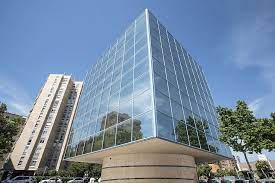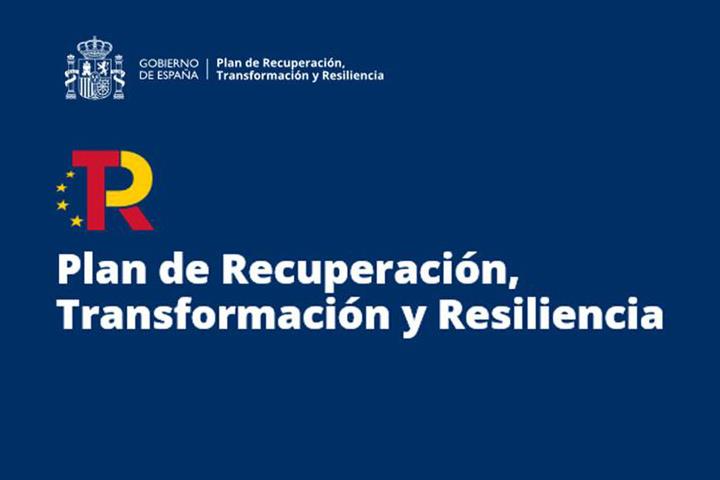In this article we explain two terms that are becoming increasingly common in the structuring and financing of real estate projects: forward purchase and forward funding.

- “Forward purchase” is a contract for the purchase of a future building, by virtue of which the developer-seller undertakes to promote the construction and marketing of a real estate project within a certain period of time, and the investor-buyer undertakes to pay a price for this real estate project that has already been marketed, and which guarantees him a certain profitability. The consummation of the purchase is subject to a deadline and to the fulfilment of the stipulations of completion of the project and marketing.
It is clear, therefore, that this formula has advantages for the investor-buyer, as he does not have to cover the construction/insolvency risk of the developer, less knowledge of the project development is required and the purchase agreement is much simpler, while on the other hand, the participation rights in the construction/rental phase will be less extensive and the purchase price will probably be higher. Sometimes a down payment of 5% is also agreed at the signing of the contract.
- Forward funding, on the other hand, is a contract for the purchase of a future building or the purchase of a future thing, whereby the developer-seller undertakes to promote the construction and marketing of a real estate project within a certain period of time, with financing to be provided by the investor-buyer.
In a forward funding transaction, the parties enter into a purchase and sale agreement with development obligations of the seller at an early stage, often before development work has started and sometimes even before the project has been secured. However, the purchase price, in contrast to the forward purchase, will be paid in instalments depending mainly on the progress of construction (but sometimes also depending on other requirements, such as obtaining the licence, entering into lease agreements, amendment of the building permit, etc.). The last instalment will usually be paid after the usual requirements for the purchase price to be due (registration of the priority notice of transfer; removal of encumbrances from the land, etc.) and after the (main) tenant has taken over the object of the lease (and preferably paid the first rent without reductions) have been fulfilled.

In this case, the developer has the advantage that he needs little or no bank financing, while the buyer – in addition to a higher return – assumes the risk of insolvency and the general risk inherent in construction.
To minimise the risk on the buyer-investor side, not only the due diligence process has to be more detailed but also the sale and purchase agreement has to provide for certain security mechanisms: the seller’s insolvency risk has to be covered; termination rights, if possible, backed by guarantees for the repayment of instalments paid so far, etc. and mechanisms have to be in place to ensure that the requirements for the different instalments of the purchase price can be objectively verified.



